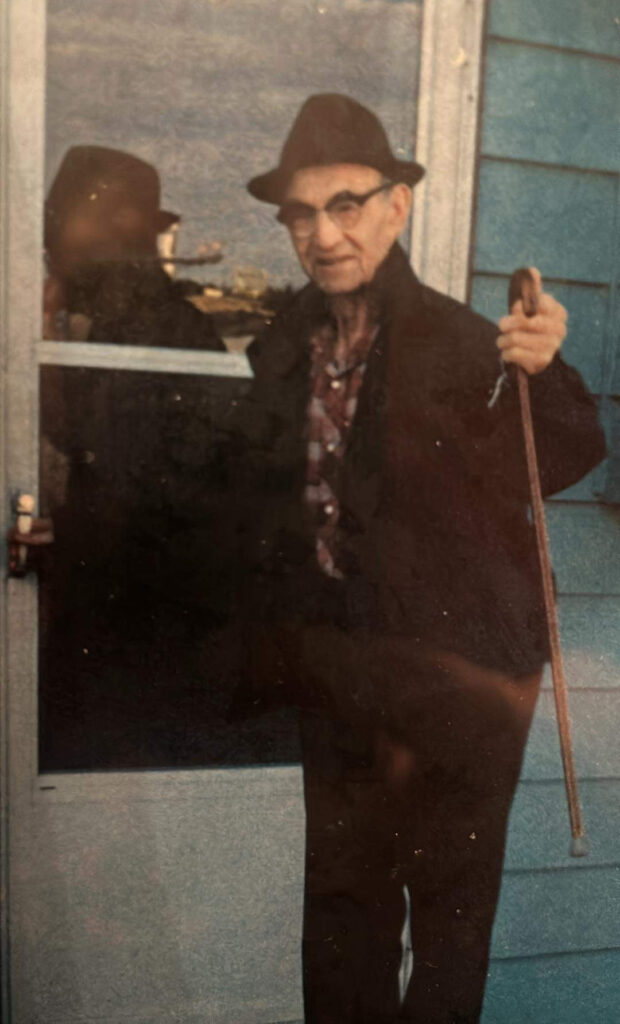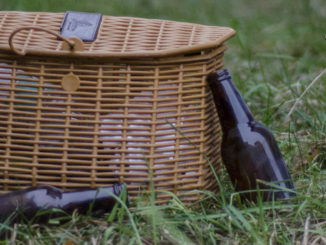Modern technology has made forecasts reliable and easily accessible, but some people trust their own methods when it comes to predicting the weather.

Abby Butler
Kicker
If dogberry trees are plentiful, one can expect a harsh winter.
This old saying and many others were commonly recited as a means of predicting the weather.
With modern technological advancements, the beliefs in such sayings have dwindled, but for some, they will always be the most reliable source of forecasting.
Rosemarie Shea Meehan, 65, says she will always trust traditional methods for weather prediction, far more than modern practices.
Her father, Pat Shea, was a farmer and fisherman, and he taught her such practices from a young age.
“Even though my father is gone, I can – you can hear his words echoing in your head,” said Meehan.
He learned from his grandparents to read nature’s telltale elements and make his own forecasts.
Meehan says her father kept an iron post in the front yard, and whether it was long johns or a rag, he would always have something mounted on it like a flag.
“Whatever he had flying out there, he could tell me within minutes of how much time we had on the fishing grounds and the way the wind was blowing,” said Meehan.
It was one of his many tactics, along with reading the stars and the path of the sun.
She says he could read the weather and would know if they could go fishing, if there was rain coming, what kind of winds to expect, and what sea conditions would be like.
He taught her to do the same.
“And it’s certainly right far more often than some random thing that someone told you when you were five years old.”
– Matthew Grant
“All this was without generations of pressure or radio or anything else,” said Meehan.
Rhymes such as “lie down moon, stand up sailor” or observations such as horses laying down as an indication of mild weather, were rarely incorrect, says Meehan.
Growing up seeing these practices prove true is why she still trusts in the techniques and uses them still to this day.
Matthew Grant, a science educator, and former meteorologist with AMEC Earth & Environmental, says some of the old sayings aren’t incorrect.
“There is some truth to some of them, and others just seem made up,” said Grant.
Earth, wind, fire and water are Meehan’s trusted forecasting sources.
“Mother Nature will tell her own story; she will paint her own picture,” said Meehan.
She doesn’t listen to forecasts on the radio, and she doesn’t watch them on TV.
Meteorologist forecasts often leave her disgruntled.
Instead, she looks out of her living room window, then casts her gaze out over the water, and makes her own forecast from the comfort of her home in Pouch Cove.
And, she says, she always will.
A scientific take
Many of the sayings, says Grant, can be explained scientifically.
A ring around the moon is said to indicate rain. Scientifically this can be explained by ice crystals in the upper atmosphere causing light from the moon to refract, says Grant. If there is a high humidity level with this, precipitation can occur in the near future.
Red sky at night, sailors delight. Red sky in morning, sailors take warning – another popular weather saying, said to indicate good or bad weather.
Grant says there is truth to this because if the sky is red at night, no clouds are obstructing your view of the sunset.
Because weather systems in Newfoundland move from west to east, this shows that if you have a clear view of the setting sun, there is no storm system headed your way.
Grant says while there is a grain of truth to some of the sayings, weather watchers shouldn’t stray from the reliability of science.
“The forecast is going to be wrong every now and again,” said Grant. “But in general, it’s right far more often than it’s wrong.
“And it’s certainly right far more often than some random thing that someone told you when you were five years old.”
Abby Butler is a student journalist studying at the College of the North Atlantic. A lover of photography from a young age, she aims to tell her stories as much through photos as she does through writing.




Be the first to comment